
Gender Infection
By pakin

10 Feb, 2024

Agent Harper sat in the dimly lit room, pouring over the latest anomaly reports. A new infection had surfaced within the SCP Foundation, one that was causing widespread chaos. Its victims were changing gender, causing confusion and disruption amongst the staff.

In the turbulent times at the SCP Foundation, a most unusual disturbance had emerged, throwing normal operations into tumultuous upheaval. The anomaly—a puzzling, inexplicable infection—had an extraordinary impact: those affected underwent a complete gender transformation. The resulting tumult and bafflement caused an unprecedented wave of disorder among the team.

The infection was seemingly random, affecting both humans and SCP entities alike. It seemed to have no pattern or preference. Harper knew that if he couldn't find a solution soon, the Foundation might implode from within.
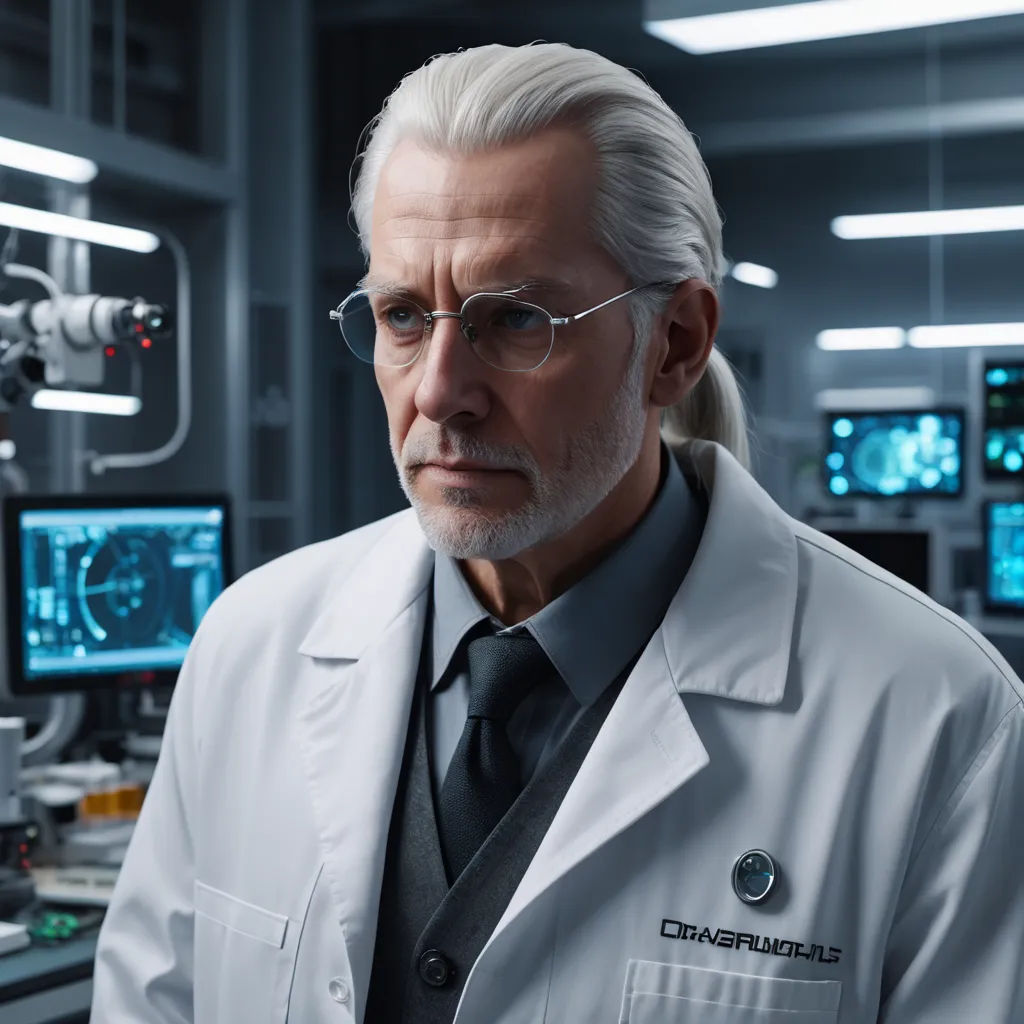
Harper decided to consult Dr. Gray, an expert in biological anomalies. If anyone could shed light on the situation, it was him. Harper found him in his laboratory, engrossed in a peculiar study.
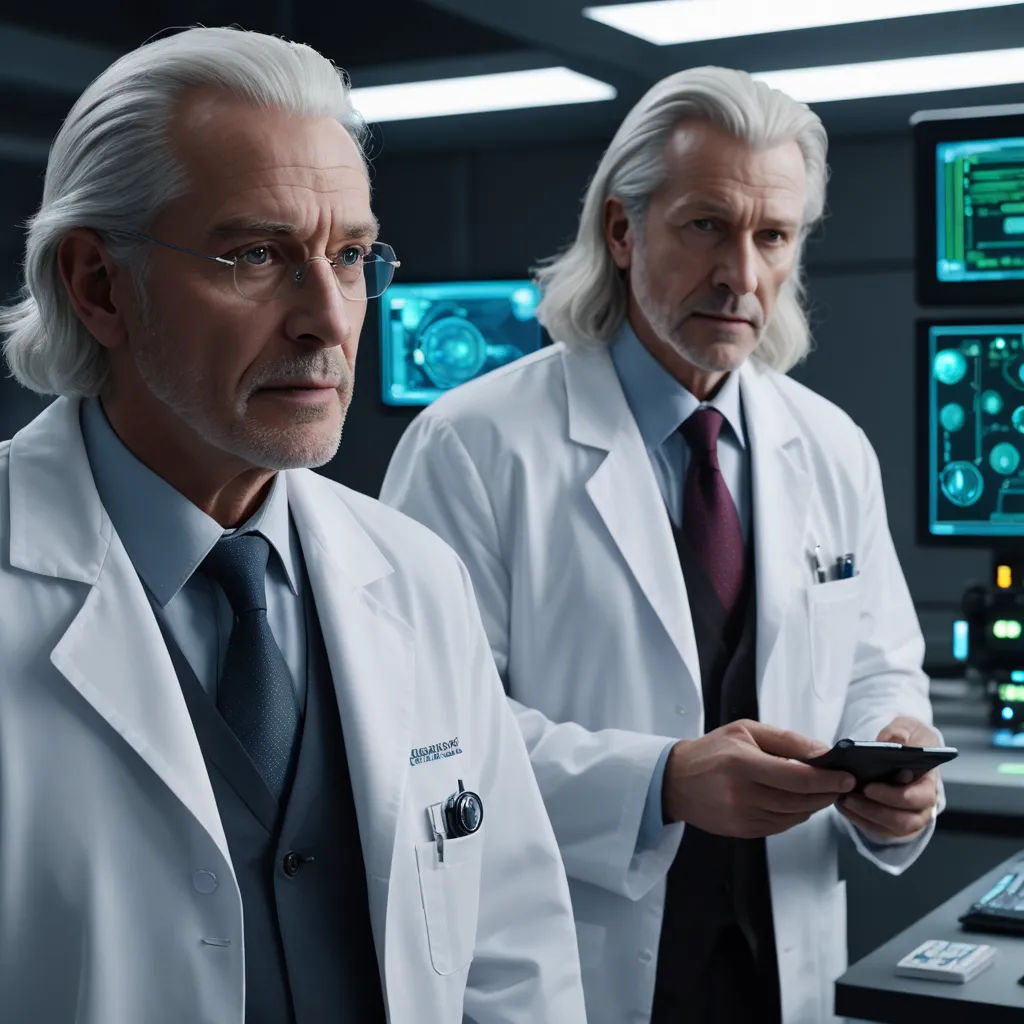
The doctor listened attentively as Harper described the situation. He seemed intrigued by the phenomenon, but also concerned. "This is indeed a serious issue, Agent Harper," he agreed. "We must investigate this immediately."

After days of research and investigation, they discovered the source of the infection - SCP-113, also known as the "Gender Switcher". It was a small, innocuous-looking red stone that, when touched, caused the individual to change gender.
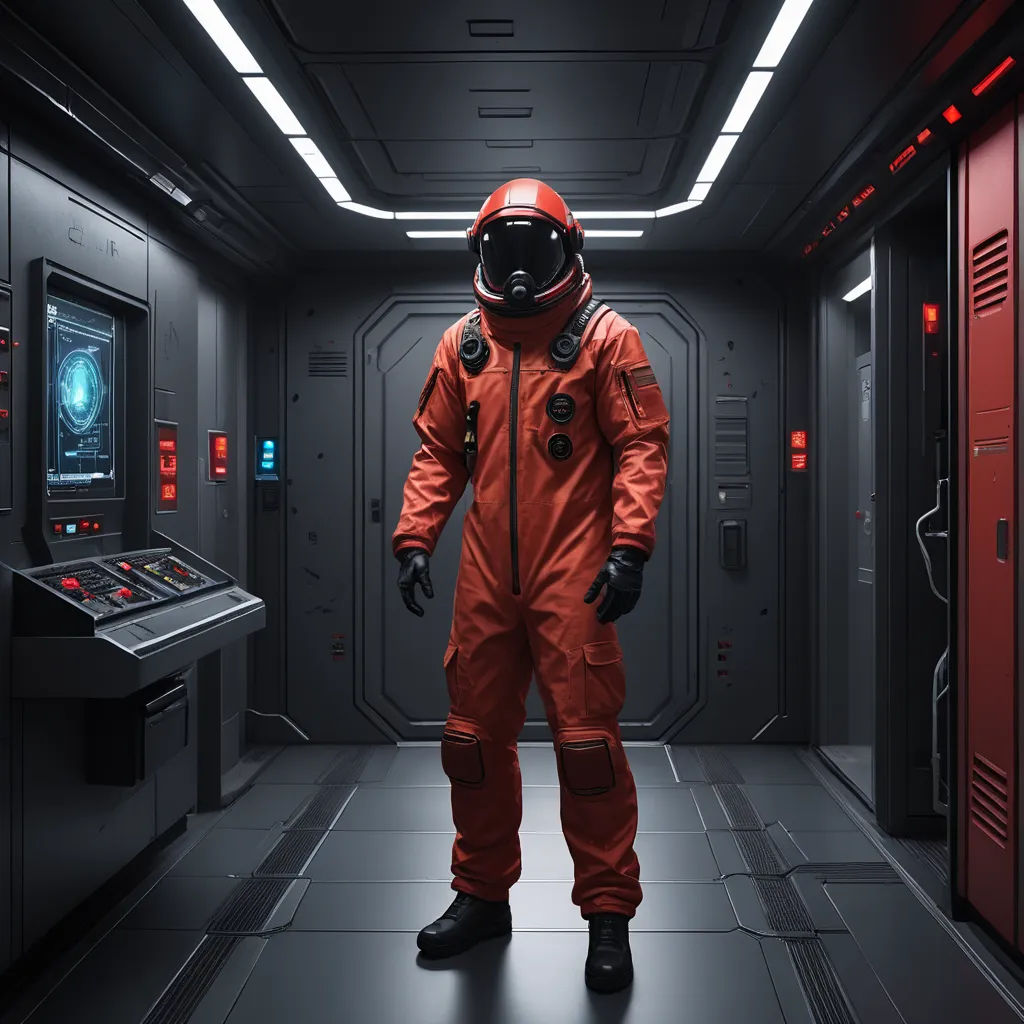
Normally, SCP-113 was contained and its effects limited to willing subjects. But somehow, it had developed a new ability to infect individuals at a distance. The question was, how and why?

Harper and Gray studied SCP-113, trying to understand the anomaly. They discovered that it had been exposed to SCP-914, the "Clockworks", another SCP capable of modifying objects. This explained the change in its behavior.
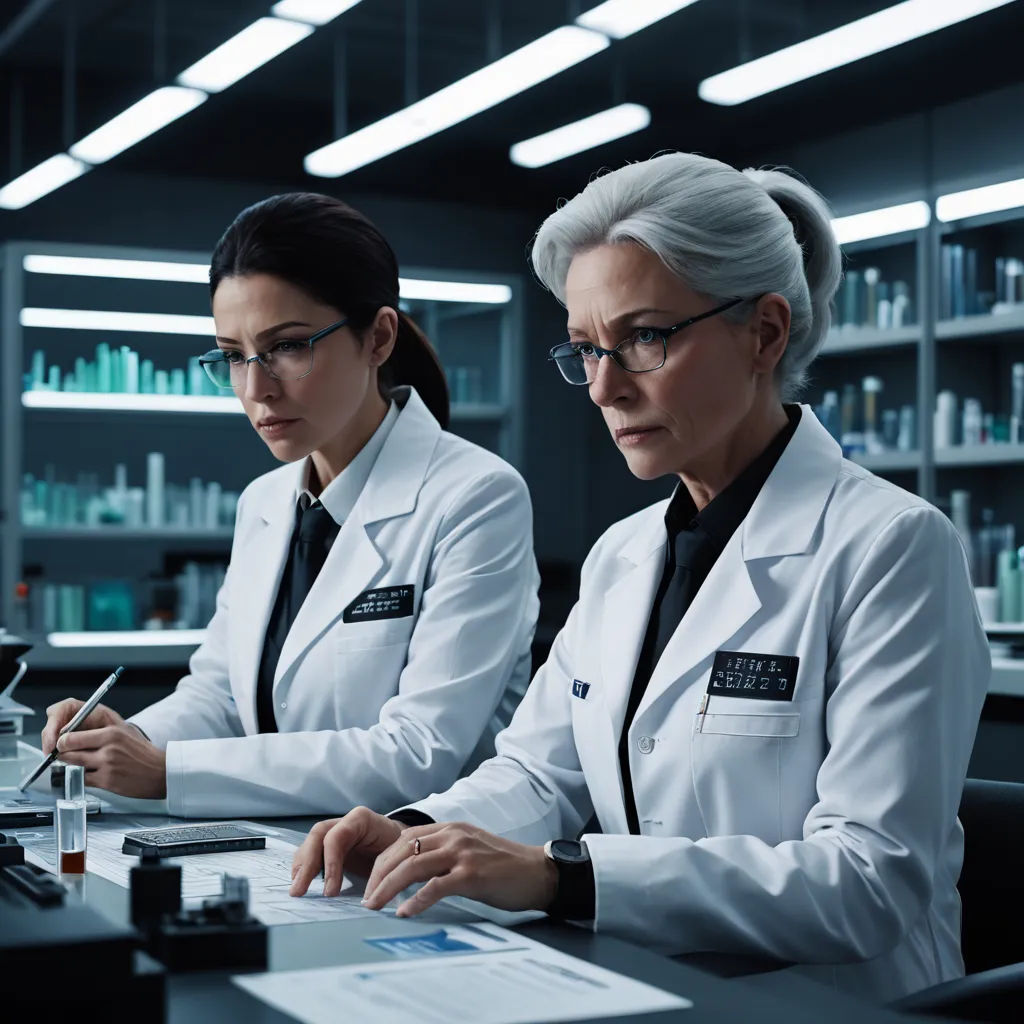
The two then focused on finding a way to reverse the effects. Days turned into nights as they tirelessly worked, trying countless methods and formulas. Finally, they found a potential solution.
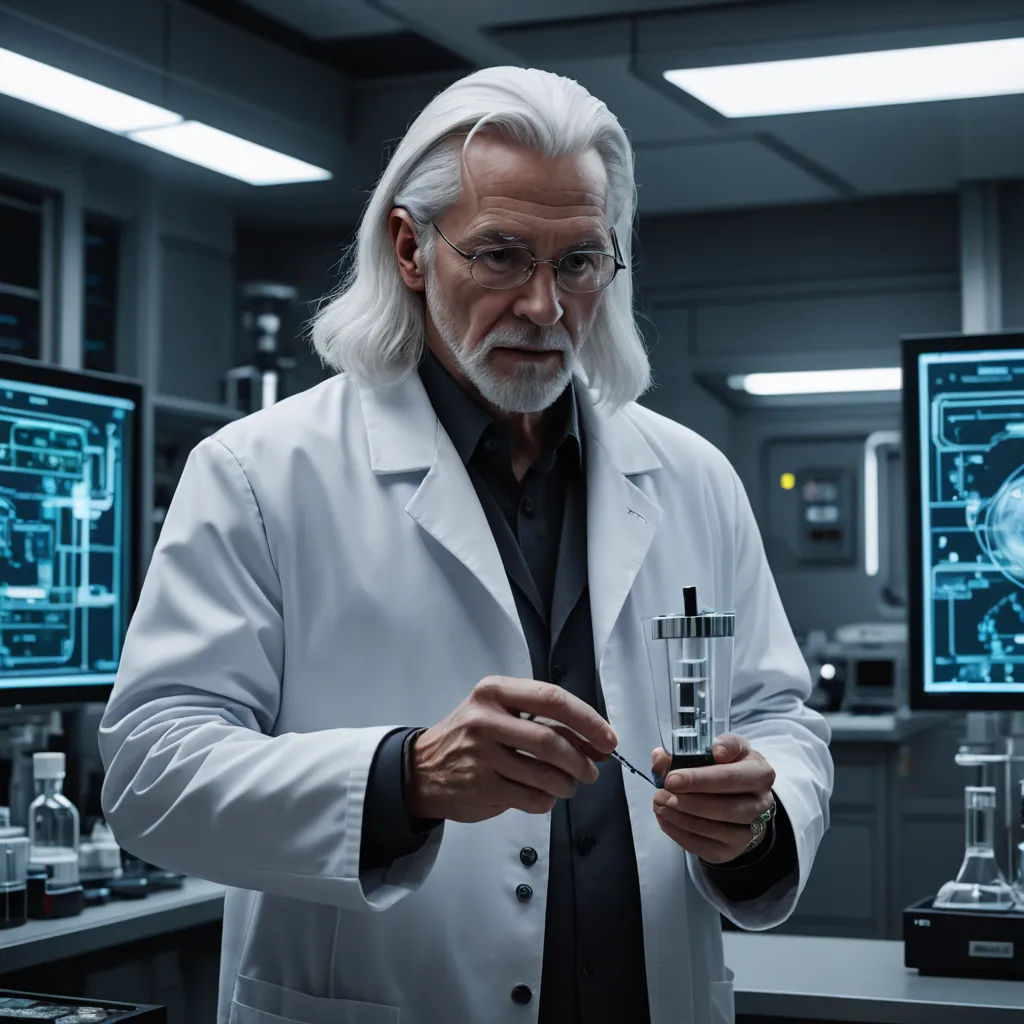
Dr. Gray created a serum that could potentially reverse the effects of SCP-113. It would temporarily suppress the changed genetic structure, allowing the subject's original gender identity to reassert itself.

The serum was tested on volunteers, and to their relief, it worked. The gender changes were reversed, and the infected individuals returned to their original state. The solution was a success.
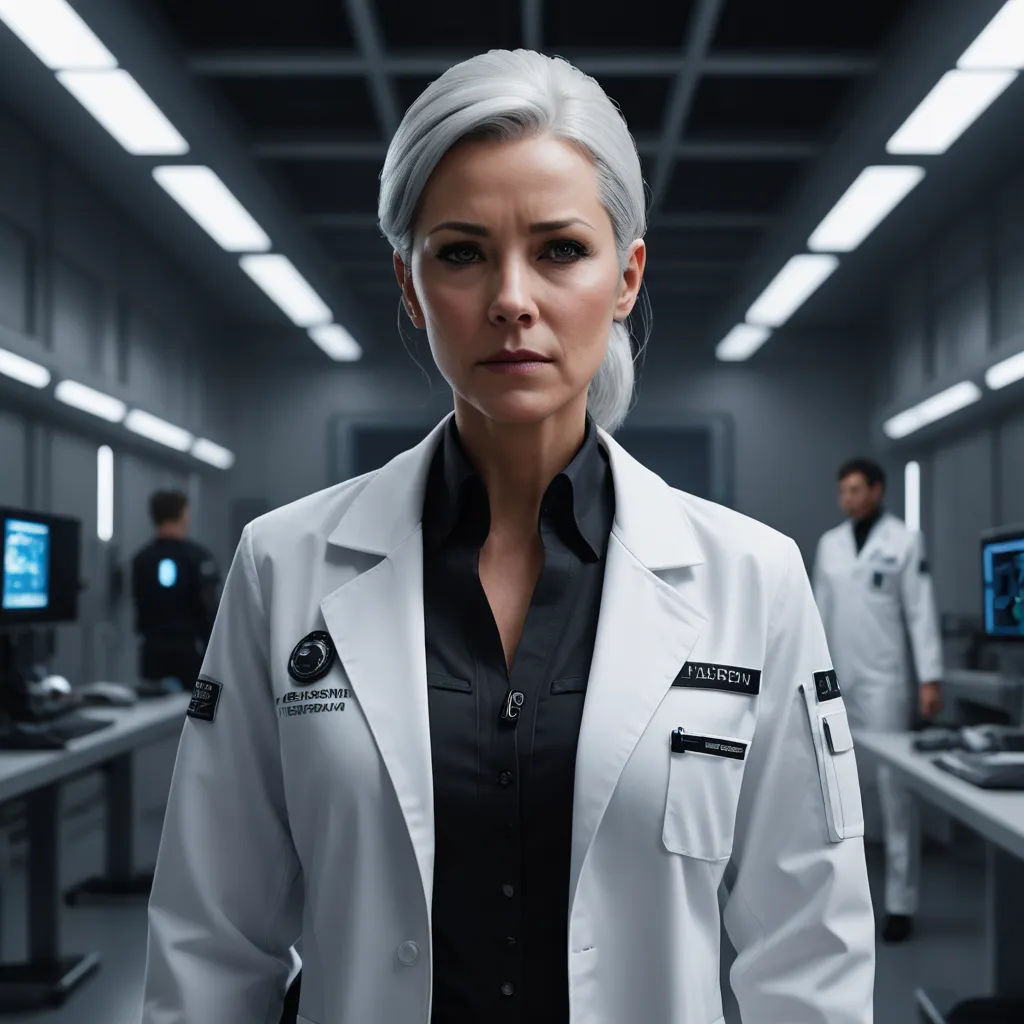
With the solution found, the next step was containment. Harper and Gray worked with the rest of the Foundation to quarantine the affected areas and administer the serum.

It took several weeks, but eventually, the infection was contained. The Foundation returned to relative normalcy, but the incident served as a reminder of the unpredictable nature of SCP objects.
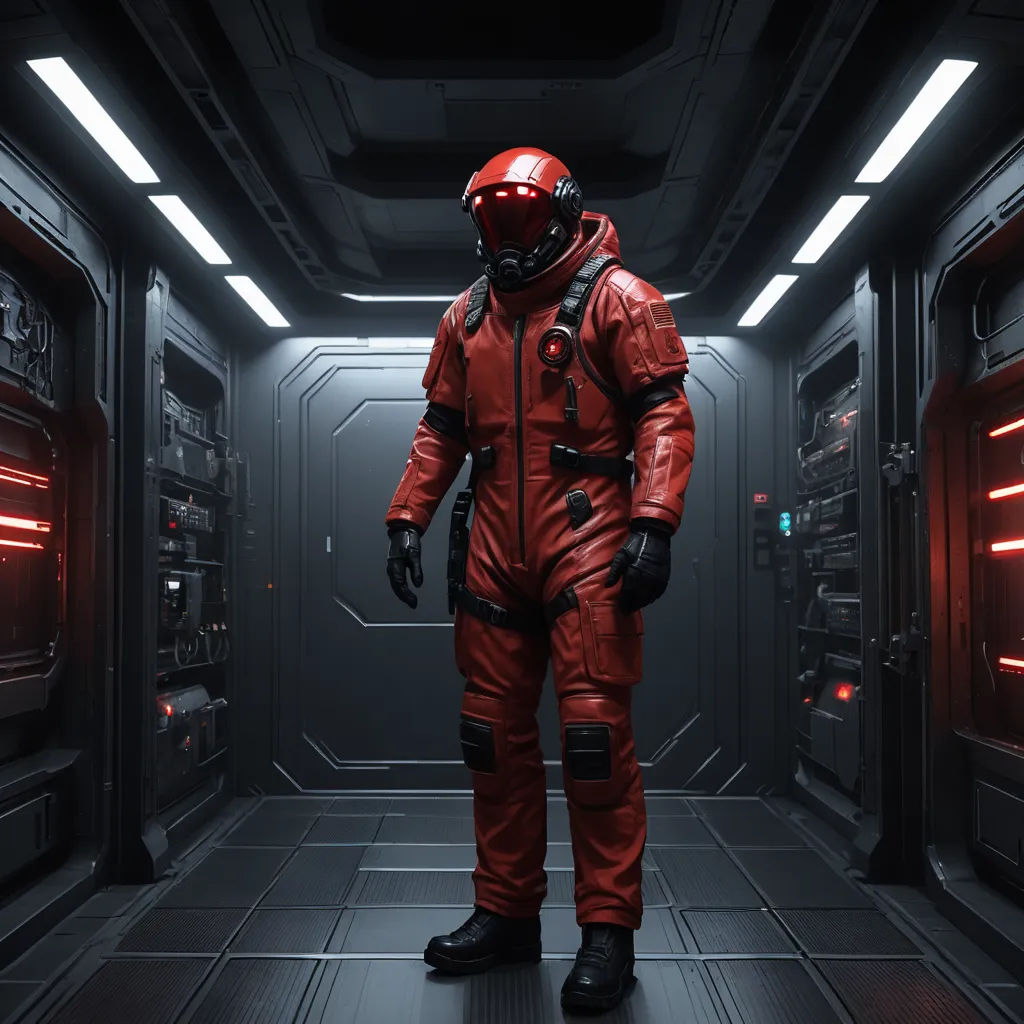
In the aftermath, SCP-113 was recontained and stricter safety measures were put in place. SCP-914 was also locked down to prevent similar incidents. It was a victory, but a sobering one.

Harper and Dr. Gray received commendations for their work. They had managed to avert a major crisis, but the experience left them wary. They knew the peace was only temporary.

As they continued their work in the SCP Foundation, they were always on the lookout for the next crisis. They knew that the world of SCPs was unpredictable, and they had to be prepared for anything.
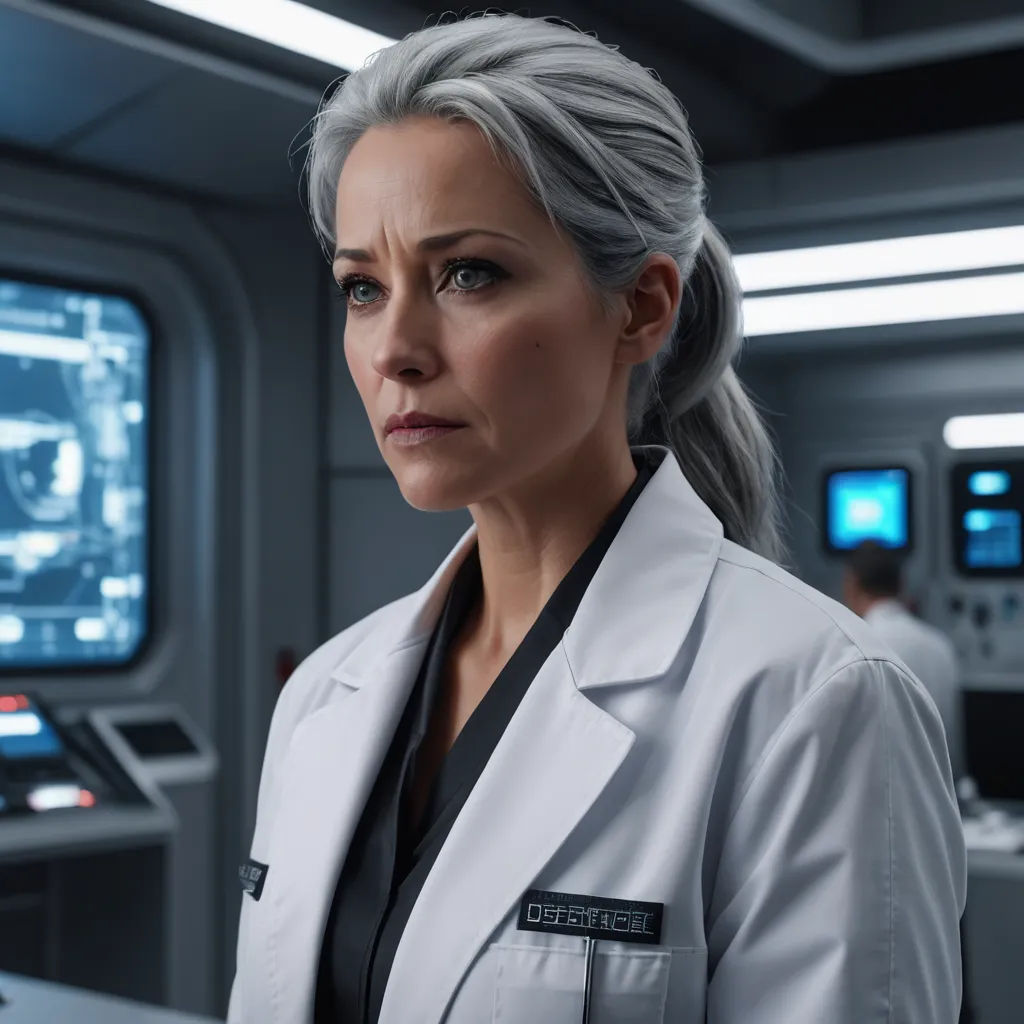
But for now, they could breathe a sigh of relief. They had weathered the storm, and the Foundation was safe once again. But they knew it was only a matter of time before the next anomaly surfaced.
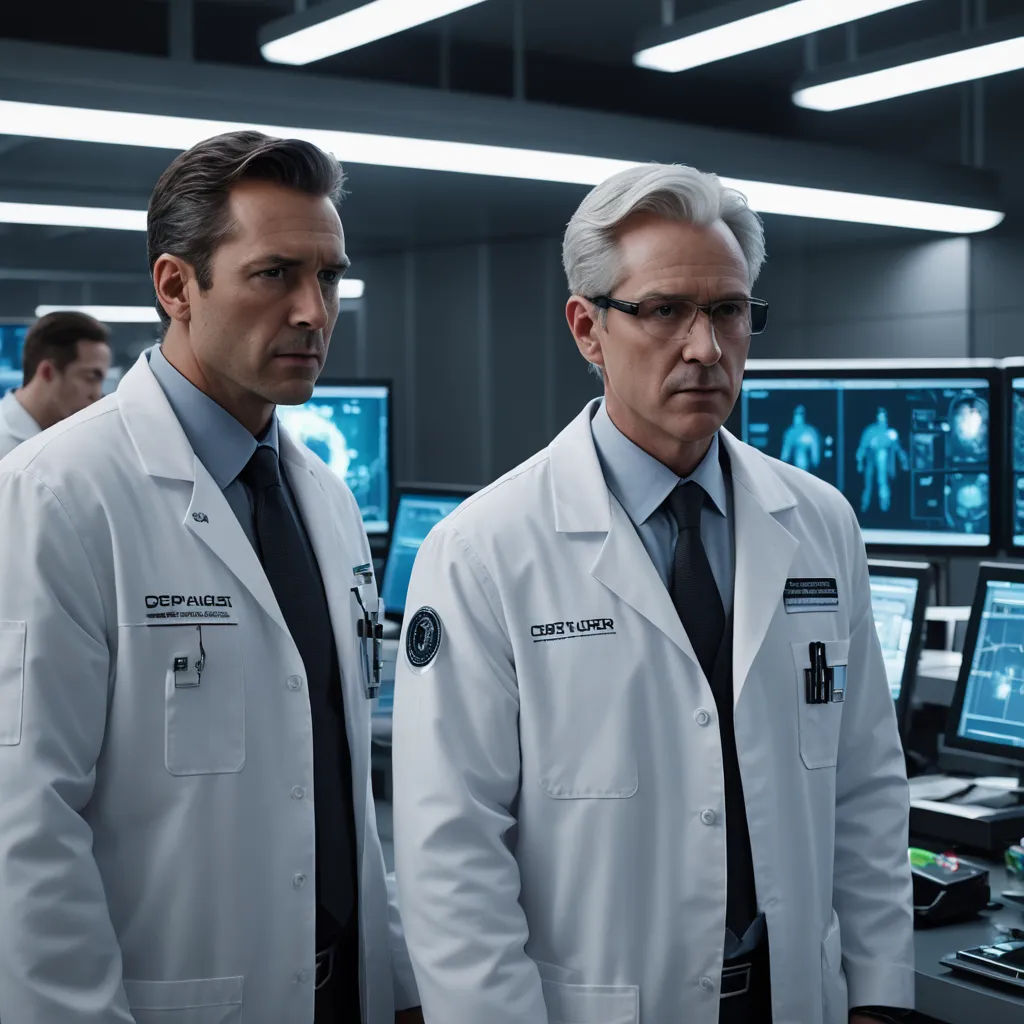
The gender infection crisis served as a reminder of their mission. To secure, contain, and protect. It was a burden they bore willingly, knowing the stakes were high.

The lights of the SCP Foundation flickered in the darkness, a beacon of hope in a world of chaos. Agent Harper and Dr. Gray continued their watch, ready to face the next challenge.

Their vigilance was the shield that protected the world from the unknown. And as long as they stood guard, humanity could sleep a little easier, oblivious to the dangers lurking in the shadows.
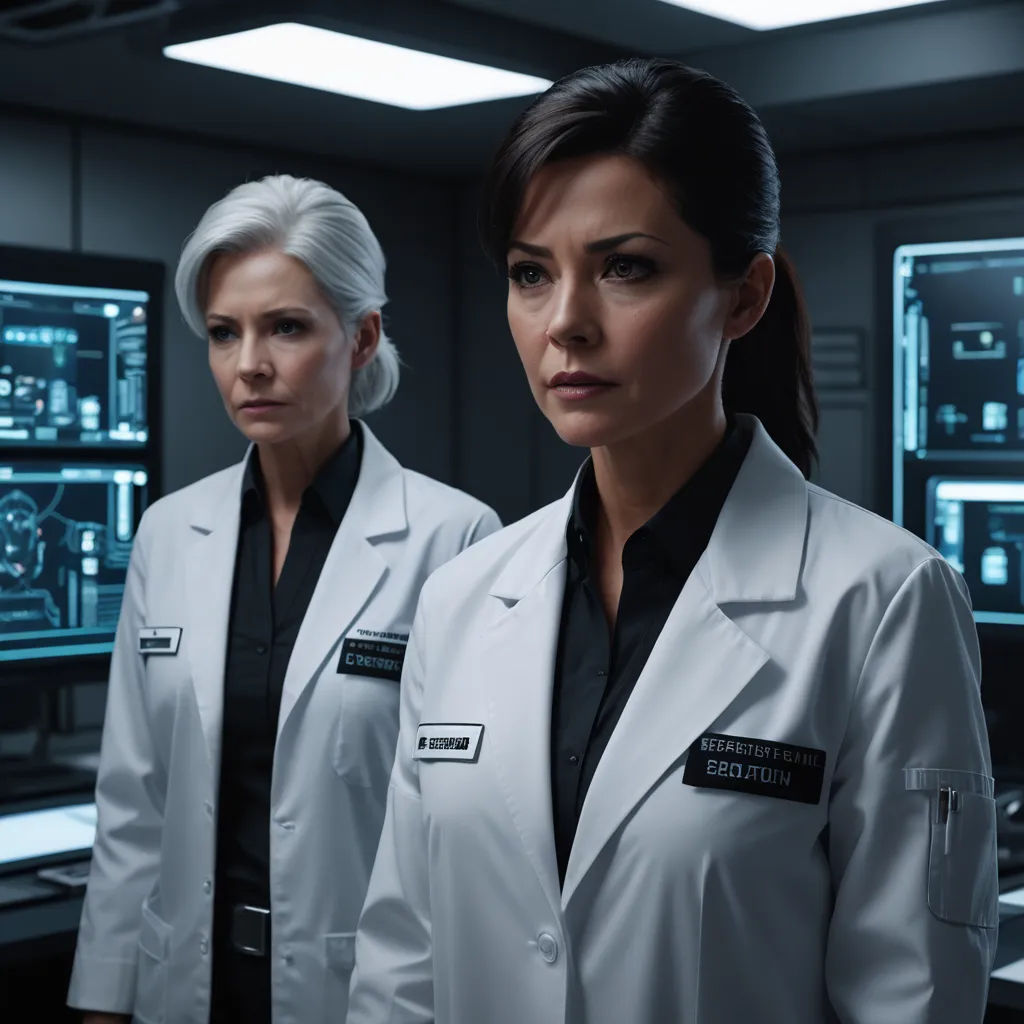
As the day ended and night fell, they knew their work was never done. But they also knew they were not alone. They had each other, and together, they could face whatever the SCP universe threw at them.
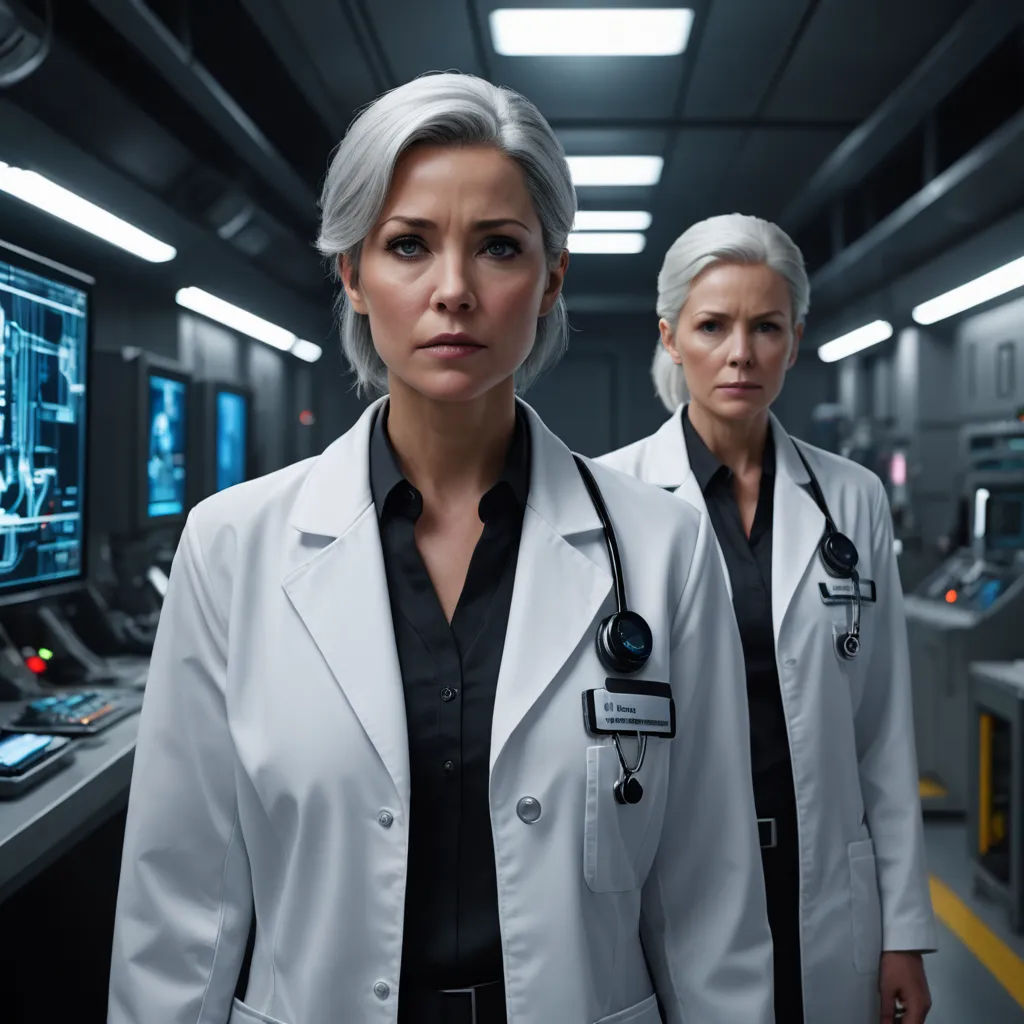
In the grand scheme of things, they were just two individuals. But they were a part of something bigger - a force dedicated to preserving normalcy in an increasingly abnormal world.
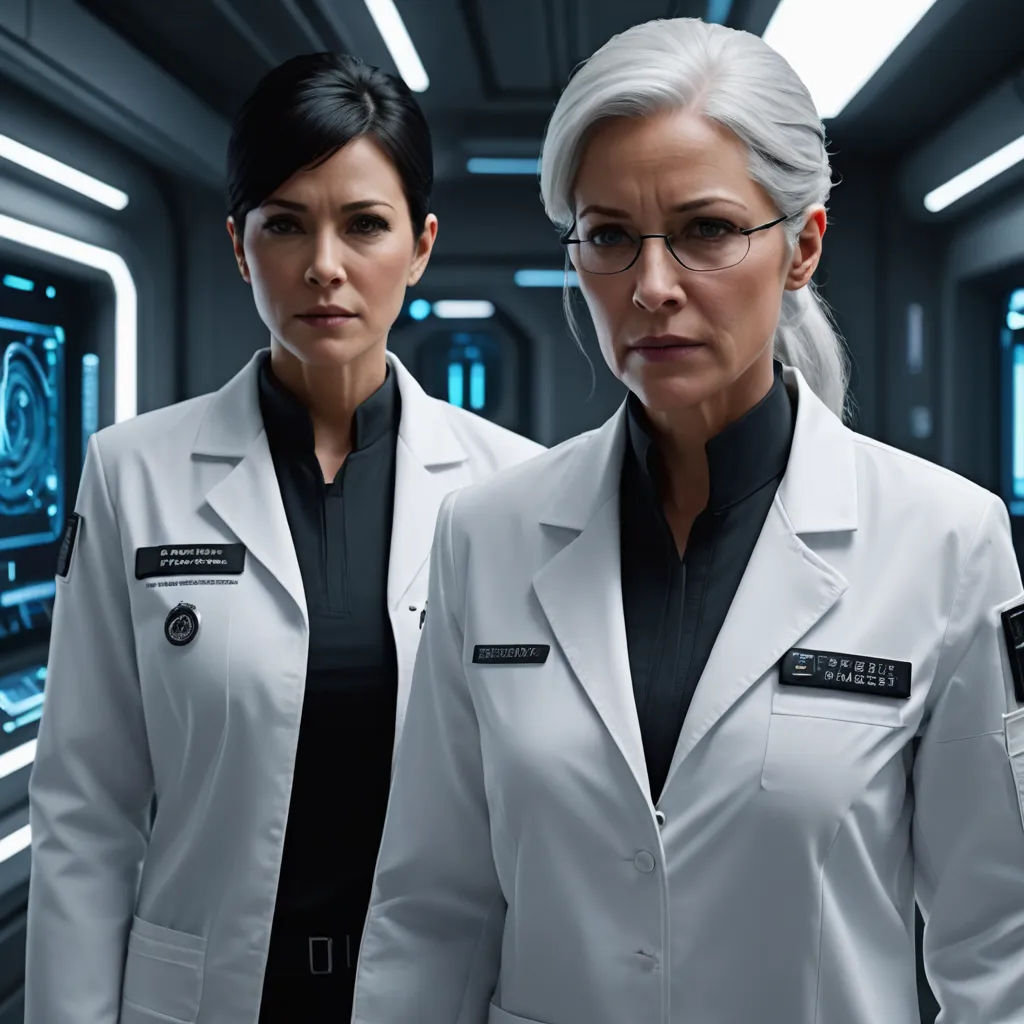
So, they soldiered on, ready for the next anomaly, the next crisis. Because they knew their mission was essential. Secure, contain, protect - it was more than a motto, it was their purpose.

And with that purpose, they faced the unknown with courage and determination, knowing that they were the last line of defense against the unpredictable. The SCP Foundation was in good hands.

As the night deepened, Agent Harper and Dr. Gray continued their vigil. In a world of chaos and uncertainty, they stood as the pillars of order and stability. And for that, they were heroes.
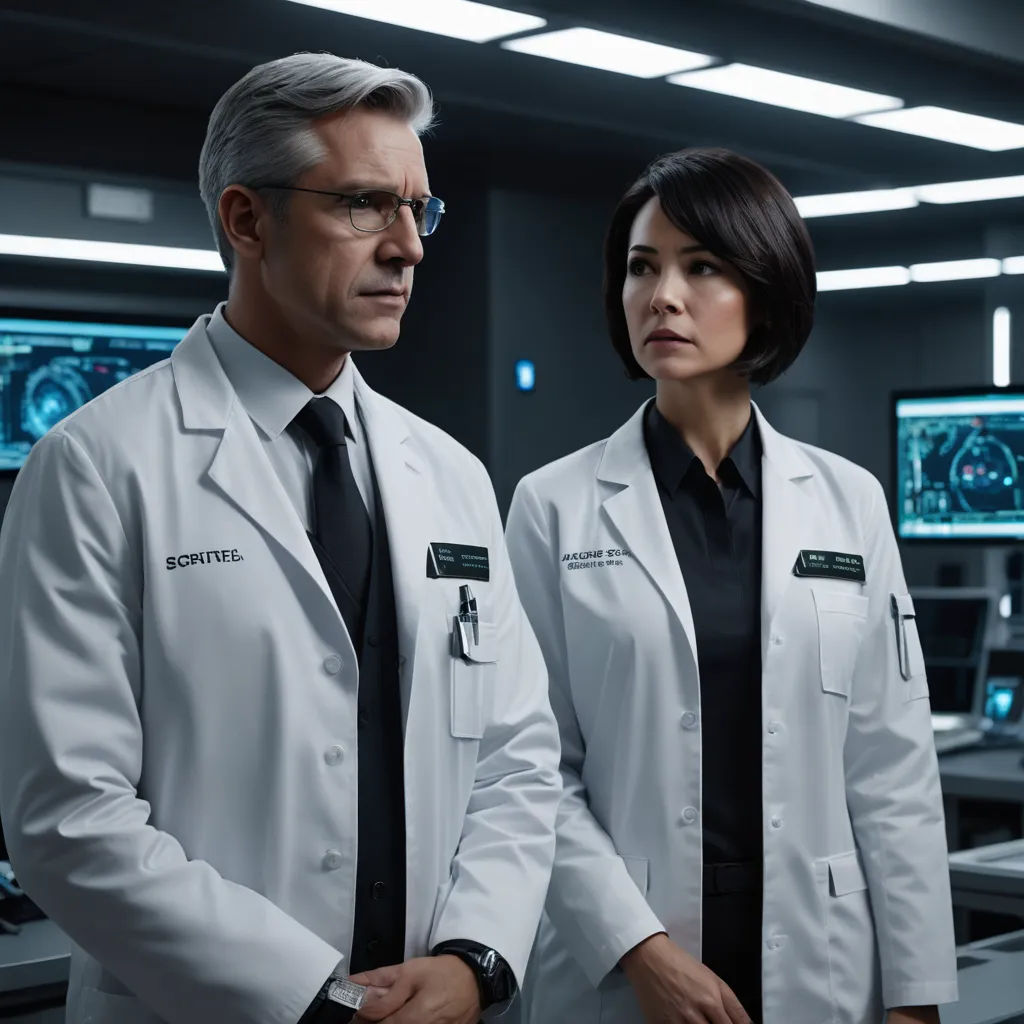
The world might never know their names or their sacrifices, but that didn't matter. They didn't do it for the glory. They did it because it was necessary. And for as long as they stood, the world was a safer place.